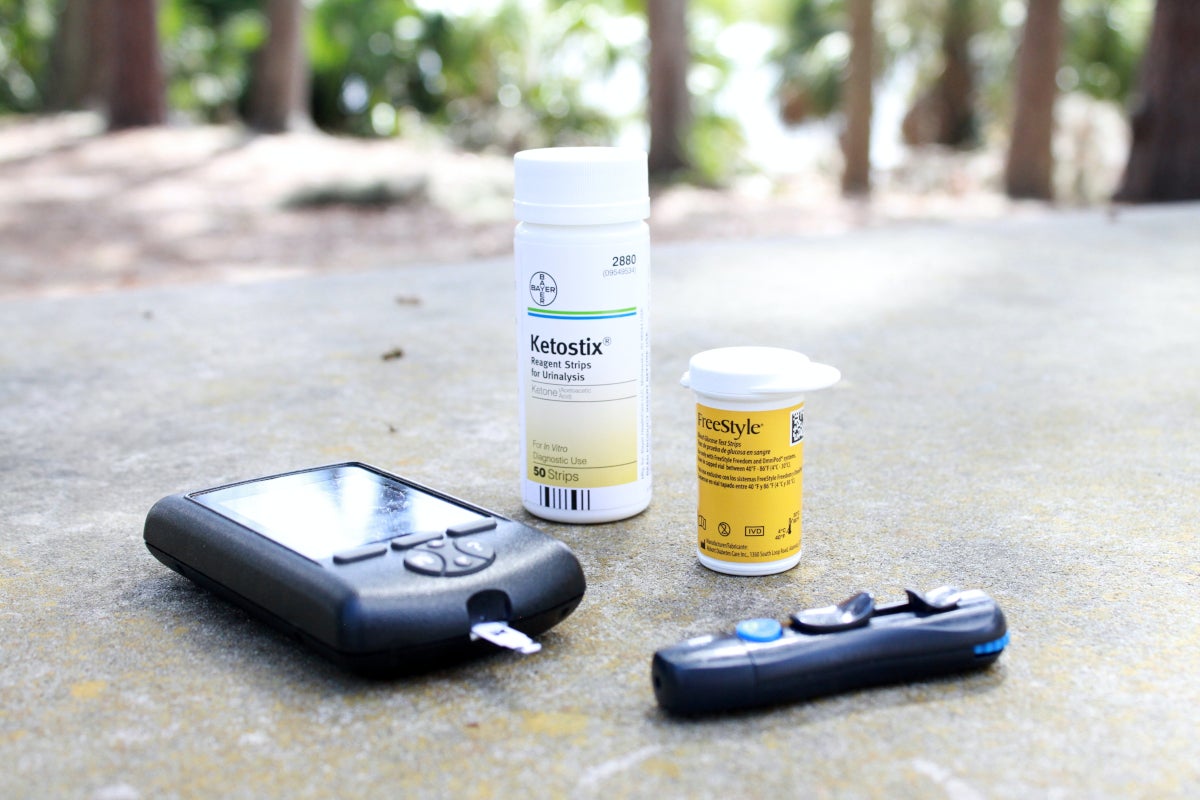Apple seeks patent on technology that will be used to monitor the blood sugar readings of Apple Watch users

Apple patent application illustration
So how does Apple plan to measure a person’s blood sugar level without drawing blood? A new patent application filed by Apple with the U.S. Patent and Trademark Office explains how. With the wordy title “Spectroscopy and terahertz images in dynamic environments with performance improvements using environmental sensors, “Apple plans to use absorption spectroscopy to obtain non-invasive blood sugar readings. The goal is to use terahertz electromagnetic radiation instead of the light that passes through a user’s body to detect” gas, health / quality of liquid or solid materials. . ”
There are some problems. Apple adds: “The integration of a gas sensor in an electronic device requires an opening or opening to allow air to flow into the gas sensor so that the gas can be detected.” The opening used to allow air to flow can decrease the protection of the device against water. In addition, the blood sugar reading must be accurate. If it is turned off even by a small amount, the user may end up taking too much insulin and cause an attack of hypoglycemia or hypoglycemia. This can make the user pass out. The system devised by Apple will be able to constantly monitor the blood glucose levels of a diabetic, but not with the accuracy available to hospital patients. Bringing non-invasive blood glucose tests to your Apple Watch can also cause the device’s battery to run out much faster than normal. For a blood glucose monitor to be available on the Apple Watch, the device will need to monitor more than just gases. But there is a question as to whether the watch is large enough to accommodate all the necessary components. The price of the Apple Watch would also have to go up.
The technology discussed in the patent application can also be used to detect skin cancer and other skin problems. And while all this sounds great, Apple has been working on non-invasive blood glucose tests for years and there is no sign that the company has actually started working on this technology. Still, the possible payoff would be huge for diabetics and Apple. Especially considering the other potential diseases that could be detected with this technology.
